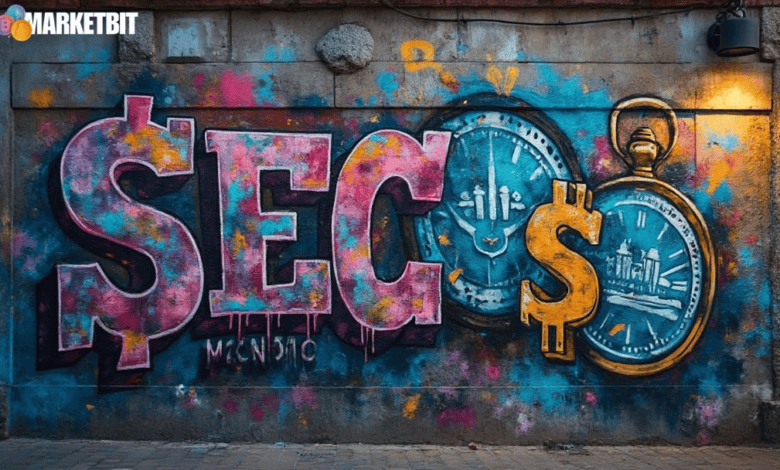SEC Postpones Decisions on Grayscale, Canary ETFs

- SEC delays major crypto ETF proposals, impacting Grayscale and Canary until Oct 2025.
- Institutional investment in XRP, ETH, and BTC affected.
- Market uncertainty persists over future ETF approvals.
The U.S. Securities and Exchange Commission postponed decisions on major crypto ETFs, including Grayscale’s and Canary’s proposals, extending their timelines to October 2025.
Delays impact institutional investments in XRP-related products, heightening uncertainty and influencing prediction markets, with Litecoin ETF approval odds decreasing to 79%.
Introduction
The U.S. Securities and Exchange Commission (SEC) has officially delayed decisions on several key cryptocurrency ETF proposals, extending their deadline into October 2025. The decision impacts major players like Grayscale and Canary, alongside other entities waiting for approval.
Impacted Proposals
This postponement from the SEC affects proposals from
, known for its Bitcoin and Ethereum trusts, and Canary Capital’s XRP ETF application. Other involved players include 21Shares, CoinShares, and Bitwise with their pending ETF requests.
Market Uncertainty
These actions by the SEC have immediate ripple effects, particularly in incurring market uncertainty which discourages new institutional fund commitments. Assets like XRP, BTC, and ETH remain sensitive to ETF-related sentiment shifts within the market.
Financial Implications
The financial implications include a delayed timeline for potentially significant institutional investments into cryptocurrencies like XRP and altcoin products. This decision is consistent with the SEC’s historically cautious stance on crypto ETF approvals.
“The delays continue to keep retail and institutional investors in limbo, highlighting the need for clearer regulatory frameworks in the crypto space.” — Arthur Hayes, Co-founder, BitMEX
Historical Context and Future Outlook
Historically, delays in ETF approvals often precede increased volatility, though eventual approvals can reverse this trend. Institutional engagement and regulatory tradition indicate ongoing market adjustment, suggesting possible future volatility or stabilization as resolution approaches.





